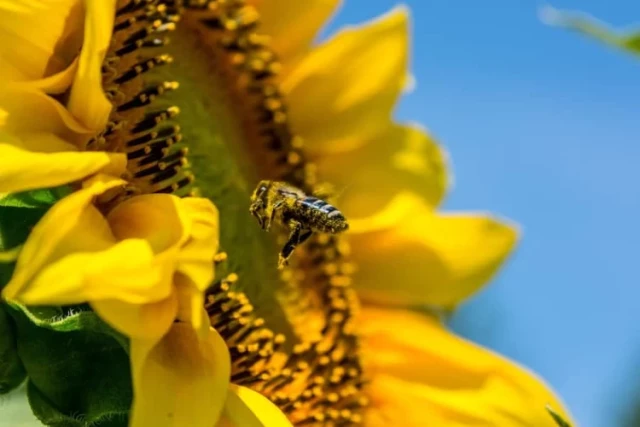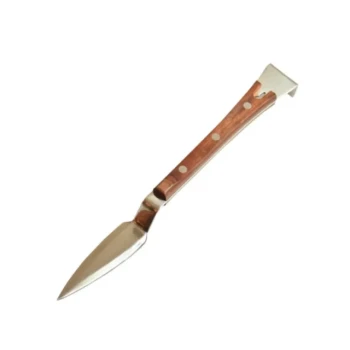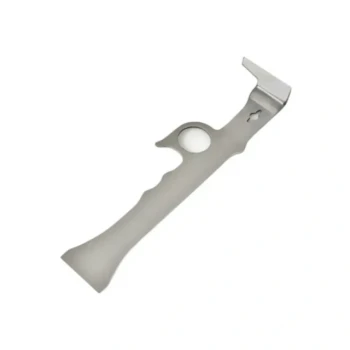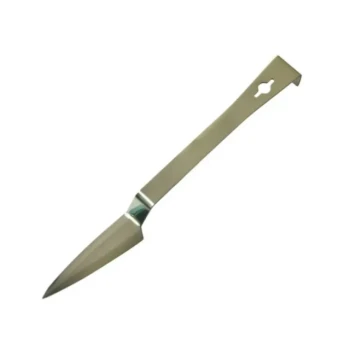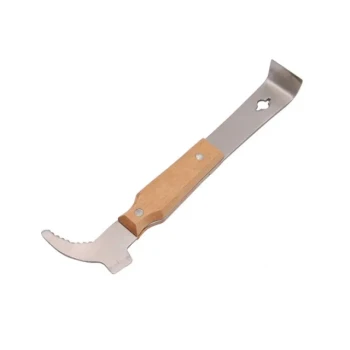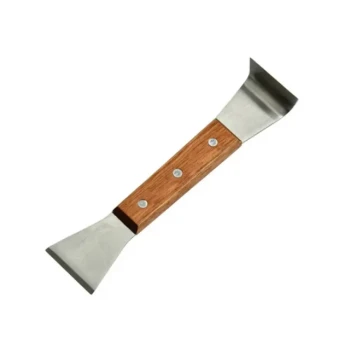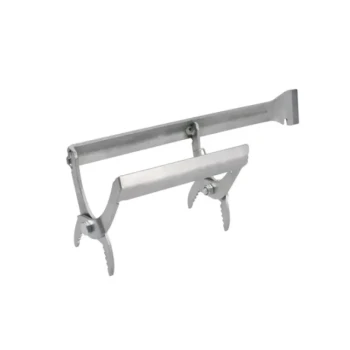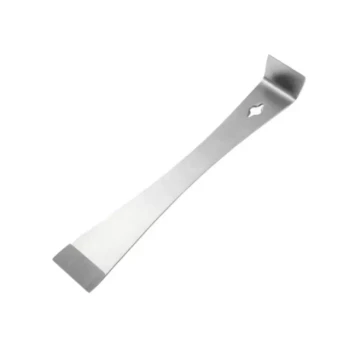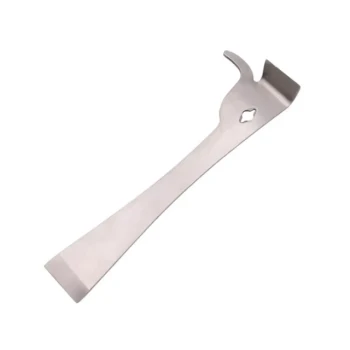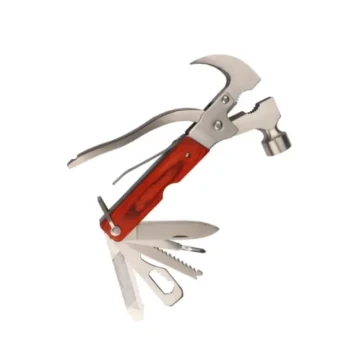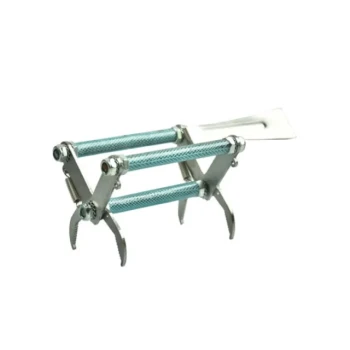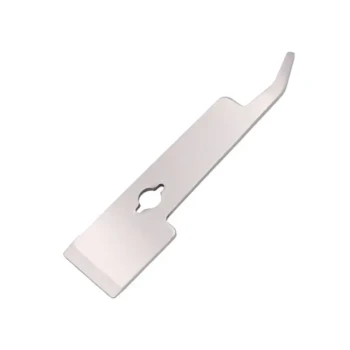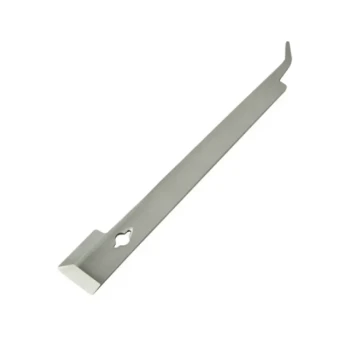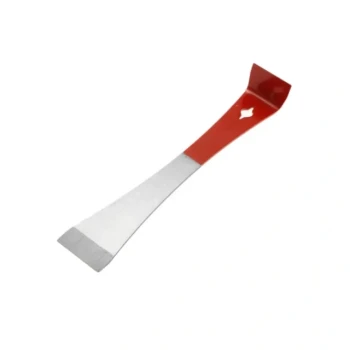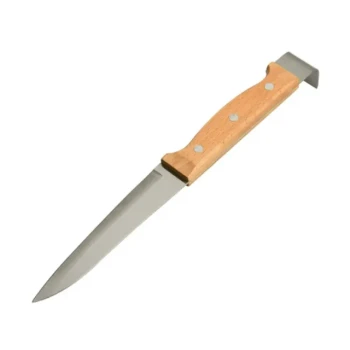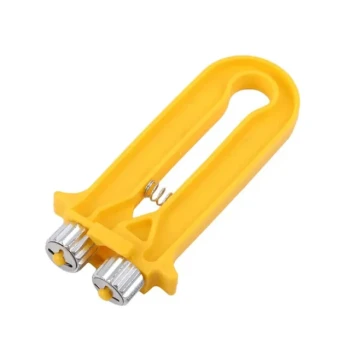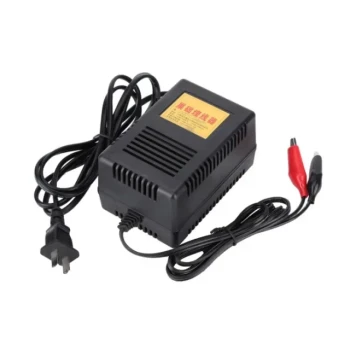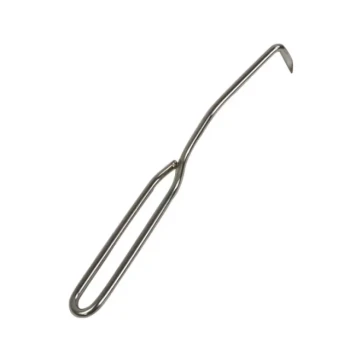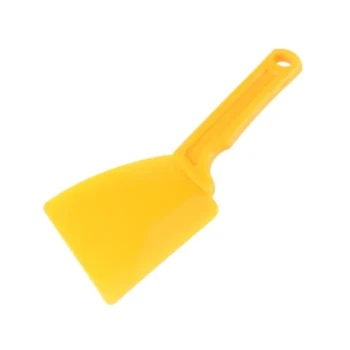Queen catchers are more than simple trapping tools—they're precision instruments for colony control. This guide reveals when and how to deploy them for maximum hive productivity while minimizing stress on bees and beekeepers alike.
When to Use a Queen Catcher: Critical Hive Management Scenarios
Swarm Prevention Takes Priority
Research shows colonies preparing to swarm exhibit telltale behaviors: queen cells, clustered bees near entrances, and reduced foraging. A queen catcher temporarily isolates the queen to:
- Disrupt swarm signaling pheromones
- Buy time for hive splits or comb adjustments
- Prevent loss of genetic stock
Hive Health Interventions
Capture becomes necessary when:
• Introducing new queen bees (preventing premature battles)
• Treating mite infestations (isolating queens during medication cycles)
• Assessing egg-laying patterns (brief observation periods)
Pro Tip: Pair catchers with upper hive entrances to maintain worker bee mobility during extended captures.
How Spring-Loaded Mechanisms Transform Apiary Safety
Traditional cage-style catchers risk antenna or leg damage during insertion. Modern spring-loaded designs address this with:
Three Safety Advantages
- Gentle Containment: Curved wire loops cushion the queen's thorax without compression
- One-Hand Operation: Beekeepers maintain hive tool control with their dominant hand
- Instant Release: Twisting motions (common with clips) are eliminated
Field observations confirm these reduce accidental queen injuries by approximately half compared to manual capture methods.
Queen Catchers vs. Queen Clips: Cost-Benefit Analysis
| Queen Catcher | Queen Clip | |
|---|---|---|
| Duration | Hours to days | Minutes to hours |
| Colony Impact | Minimal pheromone disruption | Higher stress during removal |
| Best For | Swarm control, health checks | Marking, brief transport |
Beekeepers managing 50+ hives report catchers save 2-3 hours weekly versus repeated clip applications.
Advanced Best Practices
Minimizing Colony Disturbance During Prolonged Captures
-
Timing Matters
Conduct captures during:- Morning hours (peak foraging activity distracts workers)
- Nectar flows (reduces defensive behaviors)
-
Pheromone Management
Place catchers near brood frames where:
• Nurse bees naturally congregate
• Queen pheromones circulate strongest -
The 48-Hour Rule
Limit containment to two days maximum—beyond this, workers may initiate emergency queen cells.
Integrating Catchers into Swarm Prevention Protocols
-
Preemptive Capture
Deploy catchers when:- 70% of comb space is filled
- Multiple queen cells appear at frame edges
-
Combined Tactics
- Use with excluders above bottom boards (prevents queen escape through main entrances)
- Provide vertical space (added supers reduce crowding signals)
-
Post-Release Monitoring
Check for:
• Normal egg-laying resumption within 24 hours
• Absence of rogue queen cells (indicates acceptance)
Ready to Elevate Your Apiary Management?
HONESTBEE's professional-grade queen catchers help commercial beekeepers and distributors maintain colony stability with ergonomic designs that protect your most valuable bees. Discover tools built for the realities of large-scale hive management—where every minute and every queen counts.
Visual Guide
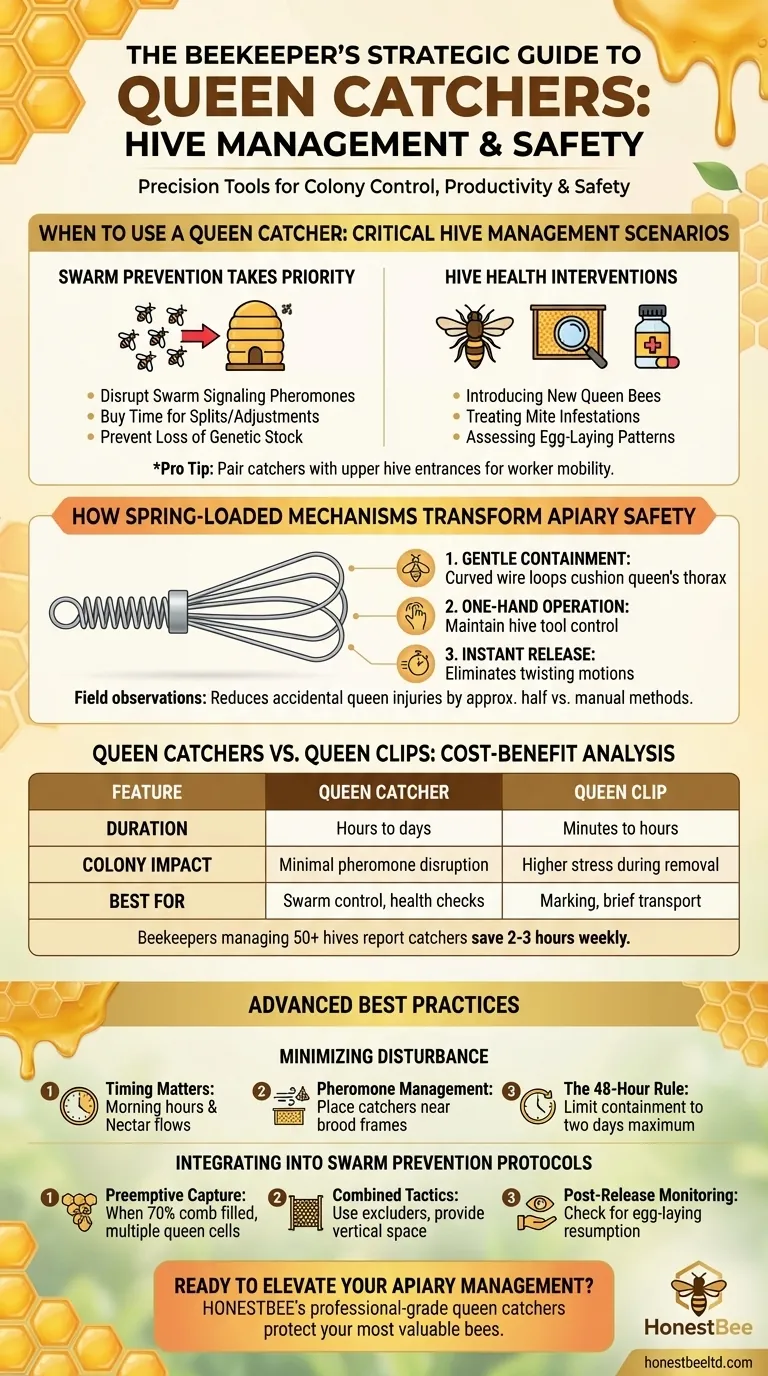
Related Products
- HONESTBEE Premium Italian Style Hive Tool with Hardwood Handle
- HONESTBEE Advanced Ergonomic Stainless Steel Hive Tool for Beekeeping
- HONESTBEE Professional Long Handled Hive Tool with Precision Cutting Blade
- HONESTBEE Professional Multi-Functional Hive Tool with Ergonomic Wood Handle
- Professional Dual-End Stainless Steel Hive Tool for Beekeeping
Related Articles
- The Tipping Point: Managing the Psychology of a Beehive to Prevent Swarming
- How Beekeepers Can Maximize Queen-Rearing Success with the JZBZ System
- How to Relocate Beehives Safely: A Science-Backed Guide for Beekeepers
- How to Choose Between Red and Orange J-Hook Hive Tools for Beekeeping Efficiency
- The Essential Guide to Hive Tools in Modern Beekeeping
